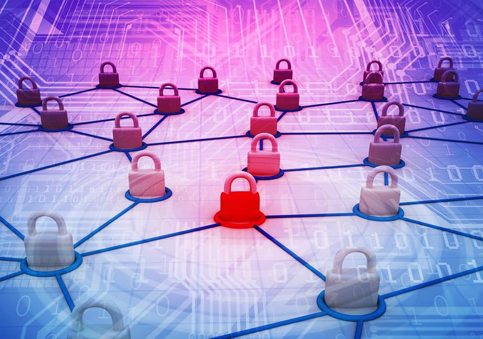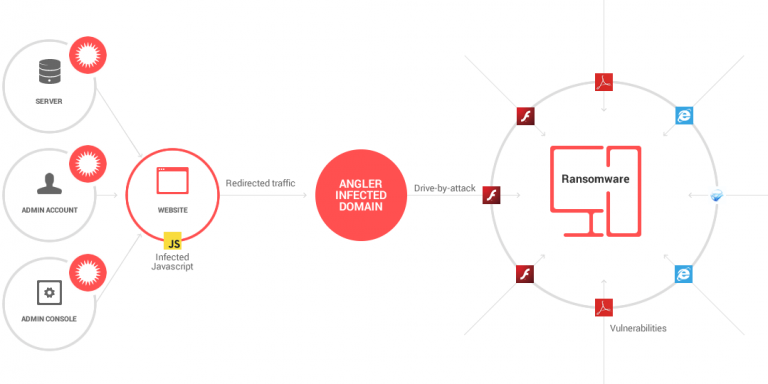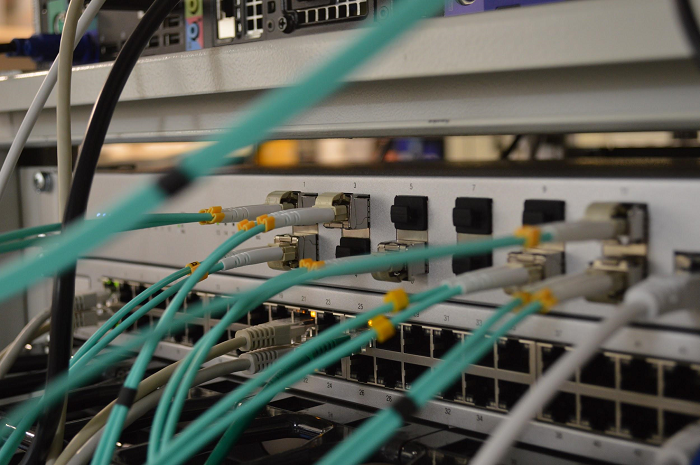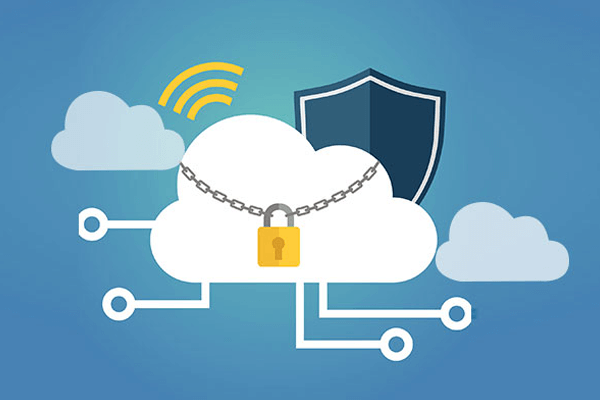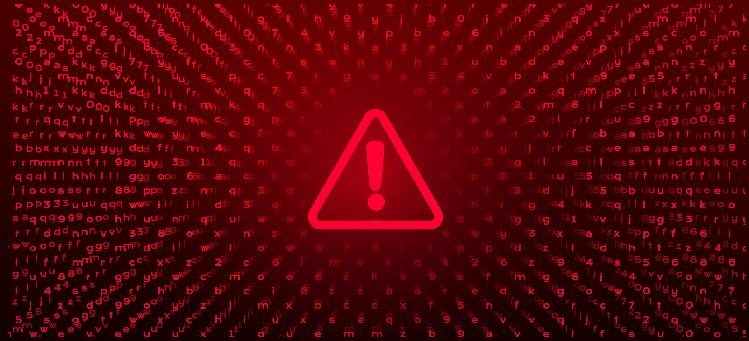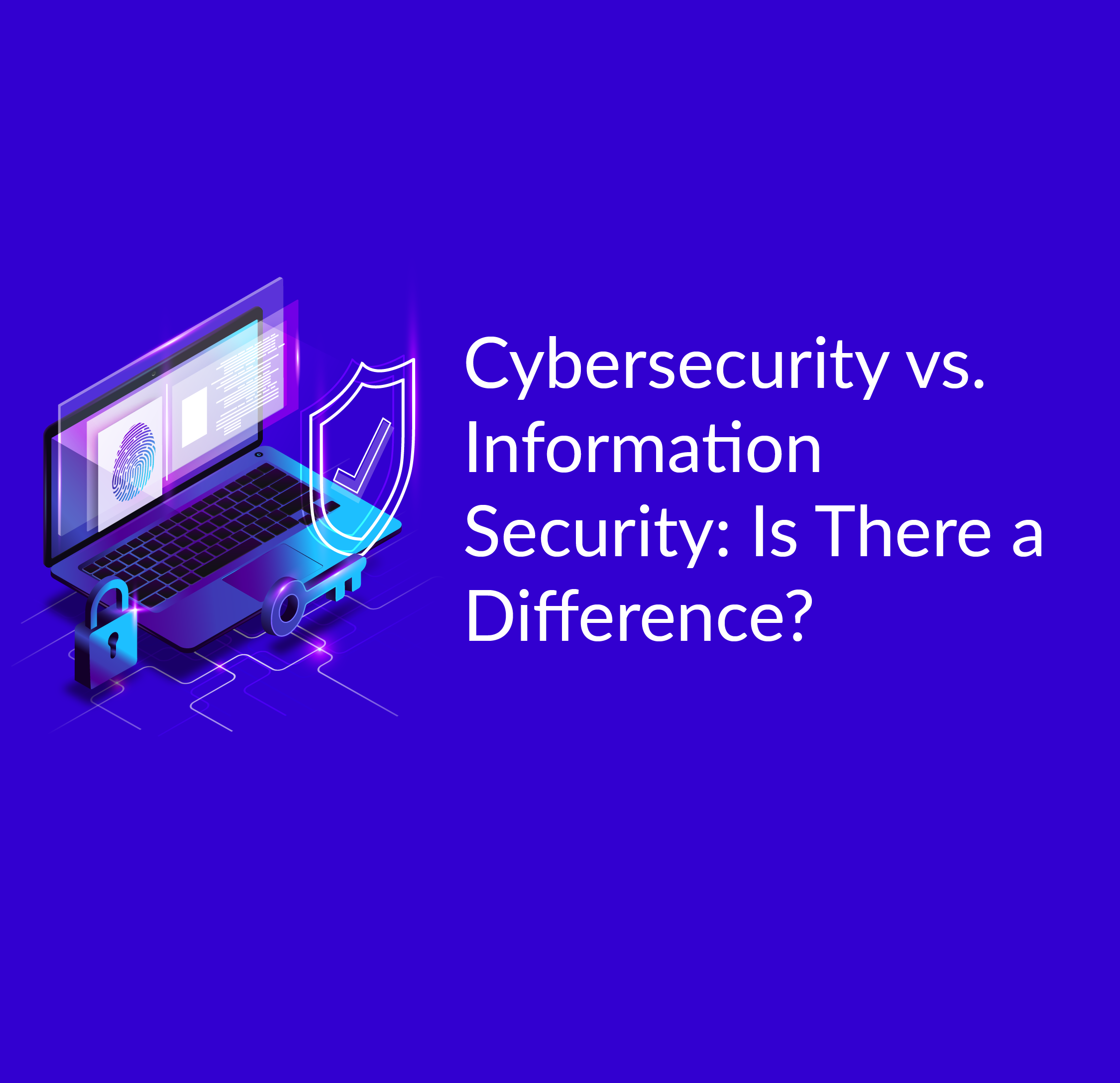Why Schools and Universities Are Increasingly Targeted by Ransomware Attacks – And How to Defend Against Them
Updated on October 7, 2024, by Xcitium
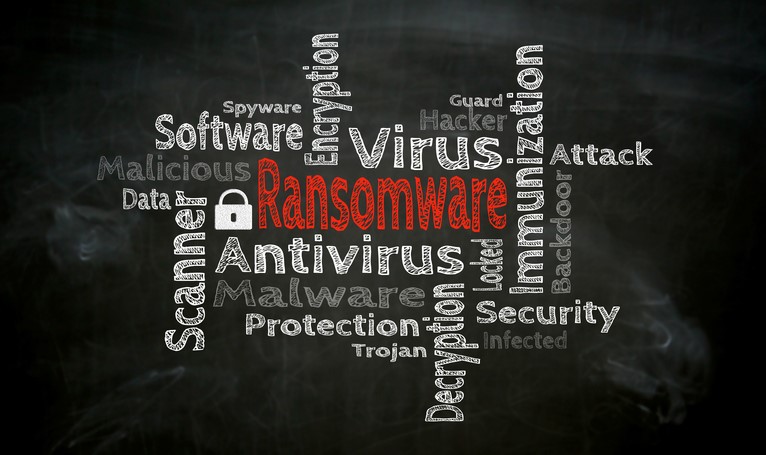
In recent years, educational institutions, particularly schools and universities, have emerged as primary targets for cybercriminals, specifically through ransomware attacks. These malicious campaigns encrypt critical data, paralyze operations, and demand high payouts for data restoration. According to a recent report, ransomware demands are rising, and schools are increasingly paying to regain access to their systems. This article will explore why educational institutions are such lucrative targets for ransomware and how they can protect themselves with advanced cybersecurity solutions.
Why Are Schools and Universities at Risk?
- Vulnerable Infrastructure Many schools operate on outdated or poorly maintained IT infrastructures. Limited budgets often mean they can’t afford state-of-the-art cybersecurity measures, leaving their systems more susceptible to cyberattacks. Cybercriminals exploit these vulnerabilities, knowing that once they breach a system, institutions might lack the resources to recover without paying the ransom.
- Critical, Sensitive Data Educational institutions hold valuable data, including personal information, health records, financial details, and intellectual property. This makes them an attractive target for ransomware attacks, as attackers know that the pressure to restore access to this sensitive data is high. The potential for reputational damage or legal consequences further incentivizes schools to pay ransoms quickly.
- Increased Digitalization With the rise of online learning and digital record-keeping, schools and universities have moved much of their critical information to online platforms. This digital transformation, while beneficial for operational efficiency, has increased their exposure to cyber threats. Weak cybersecurity practices like inadequate password management or lack of multi-factor authentication make it easier for attackers to gain access.
- Lack of Cybersecurity Awareness In many educational settings, cybersecurity awareness is low. Teachers, students, and staff often aren’t trained to recognize phishing attempts or other cyber threats, leading to increased vulnerabilities. Without proper training, simple mistakes like clicking on malicious links or using weak passwords can open the door to ransomware.

The Consequences of Paying Ransomware Demands
Paying ransomware demands often seems like the fastest way for institutions to regain access to their systems. However, this practice is fraught with risk. Cybercriminals can double-dip by demanding further payment or not restoring data even after receiving the ransom. Moreover, paying a ransom only encourages future attacks, as it demonstrates that the institution is willing to comply with demands.
How Schools and Universities Can Defend Against Ransomware
Zero Trust Security Model
Schools and universities should implement a Zero Trust security model, which assumes that no entity inside or outside the network can be trusted by default. This approach limits the lateral movement of ransomware across systems and ensures that access to sensitive data is tightly controlled and constantly monitored.
Endpoint Detection and Response (EDR)
Educational institutions should deploy advanced cybersecurity solutions like Endpoint Detection and Response (EDR). EDR continuously monitors, detects, and mitigates threats across all connected devices, offering real-time protection against ransomware attacks. Xcitium’s EDR, for example, provides automatic containment of unknown files, ensuring that ransomware never gets a chance to execute.
Data Backup and Disaster Recovery Plans
Regular data backups are essential for mitigating ransomware attacks. By maintaining an up-to-date backup stored securely offline, institutions can restore their data without paying a ransom. Disaster recovery plans should also be in place to ensure swift action in the event of an attack.
Cybersecurity Training
Staff, students, and faculty must receive regular training on cybersecurity best practices. Educational campaigns focused on identifying phishing attempts, using strong passwords, and following proper data security protocols can drastically reduce the likelihood of ransomware infections.
Vulnerability Patching and System Updates
Ransomware often exploits outdated software and unpatched vulnerabilities. Schools and universities should adopt a regular patch management routine to close security gaps in their systems. Tools like Xcitium’s Patch Management can help automate this process, ensuring systems are always up to date.
Conclusion
Schools and universities are prime targets for ransomware due to their valuable data and often inadequate security measures. However, with the right cybersecurity practices and tools, these institutions can defend themselves against rising ransomware threats. Xcitium offers a comprehensive suite of cybersecurity solutions, including EDR, Zero Trust architecture, and Patch Management, designed to protect educational institutions from ransomware attacks and other evolving threats.


